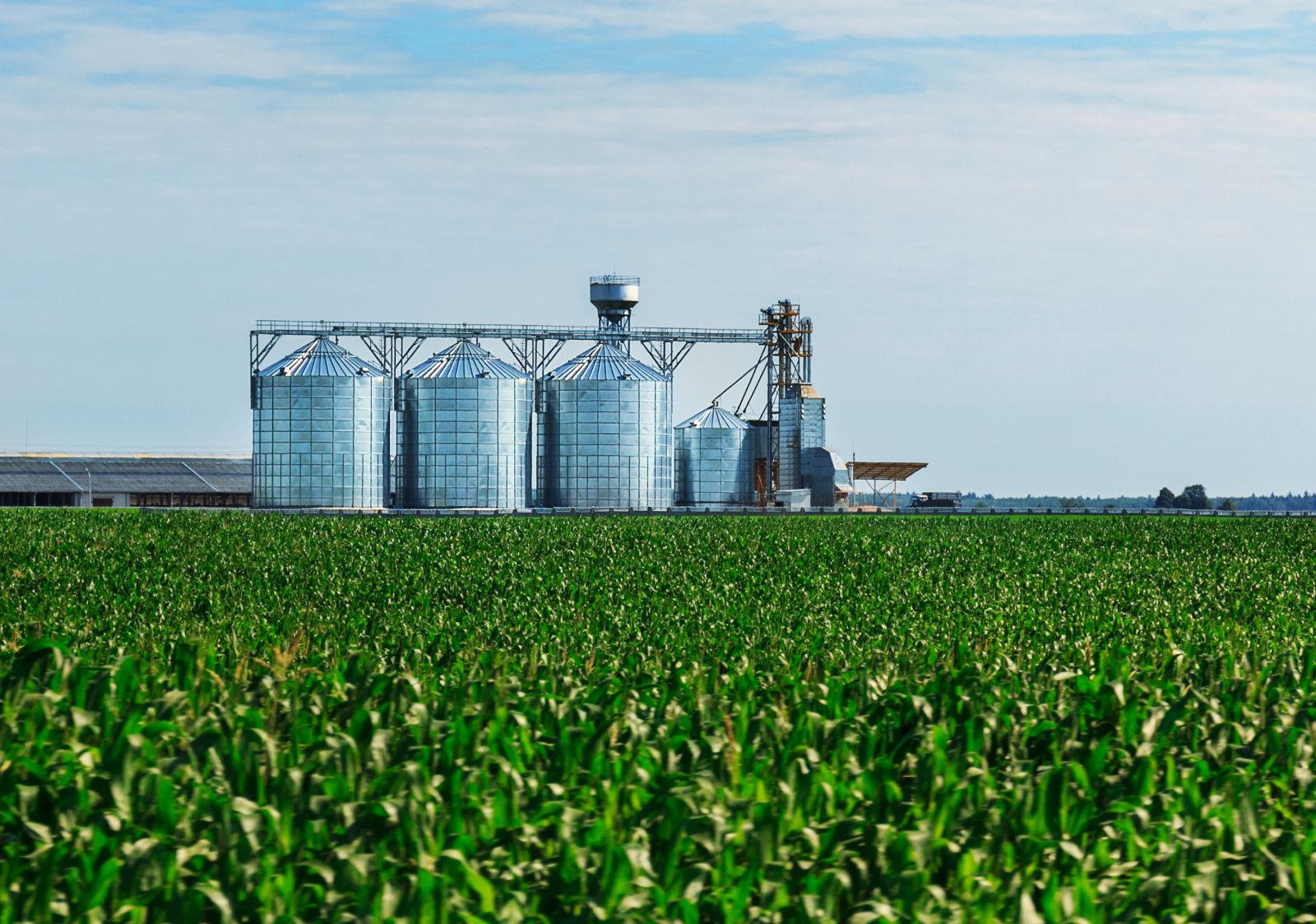
- The June round of USDA WASDE guesses are set for release Friday at noon (ET).
- The initial 2023 Barchart US corn and soybean production estimates were released this week, with both showing a decrease from USDA's May estimates.
- New-crop futures spreads for both corn and soybeans remain bullish, with only minor changes seen from the end of April through the end of May.
As you are probably aware of, the next round of USDA WASDE guesses are set for release at noon (ET) Friday. It’s safe to say that 99.9 of the ag market industry is frothing with excitement. Why? I don’t know. I learned a long time ago that none of this makes any sense. Be that as it may, let’s take a look at what some of the key numbers could be Friday.
Corn: All eyes will be on 2023 production, a combination of harvested acres and yield. I doubt acres get changed this time around, with the next official acreage update set for release (along with quarterly stocks) at the end of this month. That leaves yield as the wildcard, and there are plenty of bets going both ways as to whether USDA’s next guess will be lower or higher than its trendline figure of 181.5 bushels per acre (bpa) repeated in May (it was originally released at the Annual Outlook Forum this past February).
While I don’t think USDA’s next guess will stray far from the economists’ number, it was interesting to note Barchart’s initial 2023 crop production forecast for U.S. corn came in at 15.0 billion bushels with an average yield of 177.9 bpa. This sounds reasonable, for now, and certainly fits with my analysis of new-crop futures spreads. The latest Cost of Carry table, found on Barchart’s cmdtyView system, shows new-crop futures spreads continue to cover bullish levels of calculated full commercial carry (cfcc), meaning less than 33%. From the end of April through the end of May we saw the Dec23-July24 go from covering 27% cfcc to 21% cfcc indicating the commercial view of new-crop supply and demand had tightened up a bit.
What makes this more interesting is 2023-2024 beginning stocks could increase, based on a likely decrease in 2022-2023 exports alone. As of the end of May (end of Q3), the US reportedly had total sales (total shipments plus unshipped sales) of 1.51 bb, a 36% decrease from the same week last year. As for shipments, the US was on pace to ship 1.646 bb, down 30% from last year’s reported shipments 2.353 bb.
The bottom line for corn, then, is: 2023-2024 beginning stocks are expected to grow while 2023 production could be reduced slightly. With no need to change new-crop demand the end result would be a likely increase in 2023-2024 ending stocks from USDA’s May guess of 2.222 bb.
Soybeans: As with corn, all eyes will be on USDA’s latest 2023 soybean production guess. In its “initial” (actually the third first estimate) round of numbers from May, USDA guessed U.S. soybean production to be 4.51 bb with an average yield of 52.0 bpa. This week saw Barchart’s initial numbers come in at 4.4 bb with an average yield of 50.6 bpa. I don’t have a strong opinion on this one given the carry in soybean futures spreads actually strengthened during May, indicating the commercial side grew slightly more comfortable with the long-term supply and demand outlook. While 2023 production will obviously play a role, my thought is we saw the influence of a larger beginning stocks number for 2023-2024.
As of the end of May, the US was on pace to ship just shy of 2.1 bb, on par with last year’s reported shipments, so I’m not expecting USDA to change its export guess yet. However, given US available stocks remain tight, and crush demand seems to be picking up, we need to keep an eye on the soybean import number for 2022-2023. The May round of guesses pegged this at 20 mb, as compared to April’s 15 mb. It would not surprise me to see another 5 mb or so tacked on in June.
Therefore, the bottom line for soybeans is similar to corn: 2022-2023 ending stocks could inch up a bit if USDA’s import guess comes in larger, unless offset by an increase in crush demand. On the new-crop side of the ledger, I’m not looking for much change in expected supplies, other than possibly beginning stocks, while demand is left alone again.
But my guess is no better than anyone else’s. At the end of the day, the story or real fundamentals will still be the same, still be available to us by studying futures spreads.
Let’s see what happens.
On the date of publication, Darin Newsom did not have (either directly or indirectly) positions in any of the securities mentioned in this article. All information and data in this article is solely for informational purposes. For more information please view the Barchart Disclosure Policy here.






